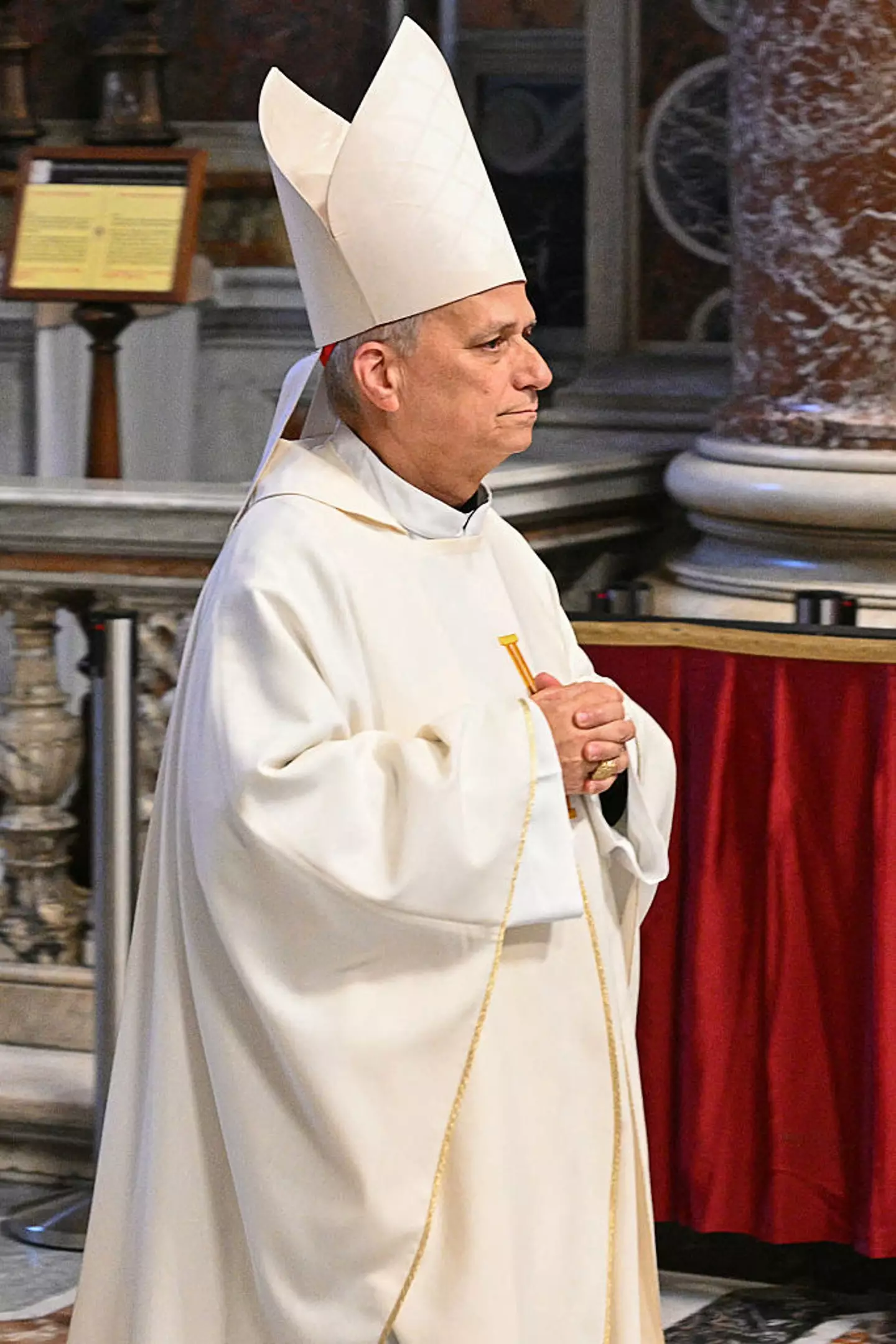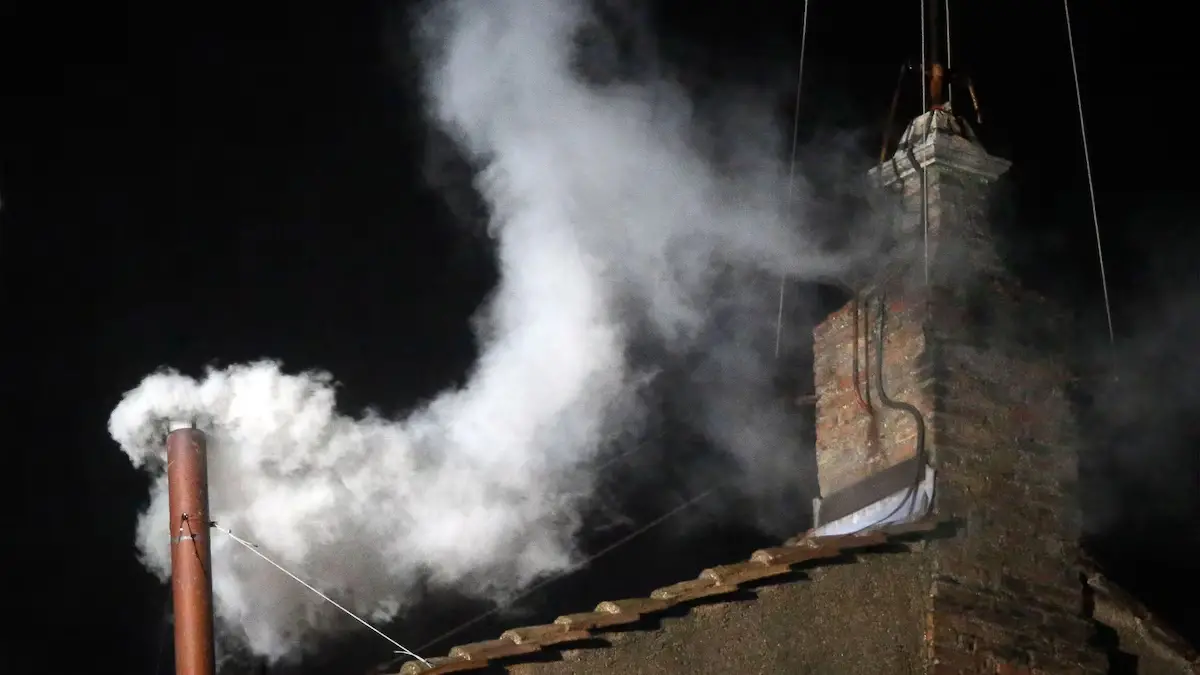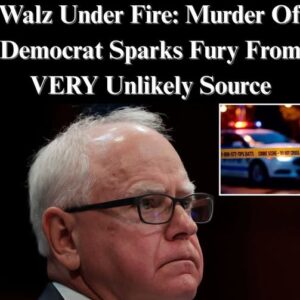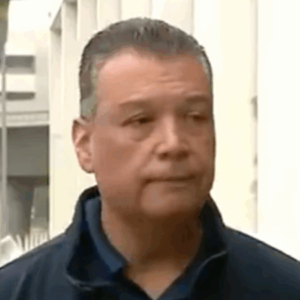1. The Legacy of Pope Francis
1.1 Early Life and Jesuit Formation
Born Jorge Mario Bergoglio in Buenos Aires, Argentina, in 1936, Pope Francis is the first pontiff from the Global South and the first Jesuit pope. His formative years in a working-class neighborhood, combined with rigorous Jesuit training in theology, philosophy, and pastoral care, instilled in him a commitment to humility, service to the poor, and interfaith dialogue.
1.2 Key Milestones of the Francis Papacy
Over his nearly 12-year tenure (2013–2025), Pope Francis:
-
Emphasized Social Justice: Advocated for economic equity, environmental stewardship (as in Laudato Si’), and migrant rights
-
Returned to Humble Footing: Eschewed papal trappings, living simply in the Vatican guesthouse
-
Encouraged Synodality: Launched global synods on family life (2014–2015) and synodality itself (2021–2024)
-
Advanced Interfaith Outreach: Met with Muslims, Jews, and leaders of other faiths to foster mutual understanding
-
Reformed Vatican Bureaucracy: Initiated financial transparency and reorganization of the Roman Curia
His papacy’s hallmarks—compassion, outreach, and reform—reverberated across continents and shaped the Church’s engagement with modernity.
2. The Passing of Pope Francis
2.1 Final Days and Public Farewell
On Easter Monday, April 21, 2025, the Vatican announced that Pope Francis had suffered a severe stroke. Despite the immediate emergency response, the Holy Father passed away peacefully that afternoon at the age of 88. News of his death sent waves of sorrow through local parishes and global Catholic communities alike.
2.2 Period of Mourning
In accordance with tradition, the Church observed a nine-day mourning period, known as the Novemdiales, culminating in the funeral Mass at St. Peter’s Basilica on April 30. Millions watched as world leaders, dignitaries, and multitudes of faithful filed past the papal coffin, paying respects to a pontiff whose moral authority transcended religious boundaries.

3. Preparing for the Conclave
3.1 Legal and Liturgical Foundations
Upon the Holy Father’s passing, canonical law and centuries-old liturgies dictate the transition:
-
Sede Vacante Declared: The papal seat becomes vacant at the moment of death.
-
College of Cardinals Convenes: All cardinals under age 80 are summoned to Rome.
-
Interregnum Administration: Day-to-day affairs are managed by the Camerlengo, ensuring continuity.
3.2 Arrival of the Electors
Between May 5 and May 7, 2025, 115 cardinal electors arrived in Rome from every continent, including cardinals from Africa, Asia, the Americas, Europe, and Oceania. Among them were senior figures in the Curia and notable pastoral leaders from the field.
4. The Conclave: Rituals and Secrecy
4.1 Historical Roots
The word conclave derives from the Latin cum clavis, meaning “with key.” Since Pope Gregory X’s reforms at the Second Council of Lyon (1274), conclaves have been designed to isolate electors until a new pope emerges.
4.2 The Sistine Chapel Proceedings
-
Oaths of Secrecy: Each cardinal pledged absolute silence on any aspect of the discussions or votes.
-
Locked Doors: From the moment the doors closed, no communication with the outside world was permitted—no phones, no newspapers, no internet.
-
Daily Voting Rounds: Up to four ballots per day—two in the morning, two in the afternoon—proceed until a two-thirds majority is achieved.
-
Smoke Signals: After each session, chimney smoke indicates progress: black smoke for no decision, white smoke for successful election.
4.3 The Two-Day Deliberations
Despite reconvenes that have sometimes stretched for weeks or even months, this conclave concluded after just two days. On the morning of May 8, 2025, white smoke billowed from the chapel’s chimney, and at 11:47 a.m. local time, the Dean of the College of Cardinals, Cardinal Giovanni Battista Re, proclaimed the election from the balcony of St. Peter’s Basilica.
5. The Election of Pope Leo XIV

5.1 Cardinal Robert Francis Prevost
Cardinal Prevost, born in Chicago in 1956 to a devout Catholic household, entered the Order of Saint Augustine as a young man. His academic studies in theology and canon law prepared him for leadership roles within the Augustinian community.
5.1.1 Pastoral Ministry in Peru
-
Bishop of Chiclayo (2015–2023): Led one of Peru’s fastest-growing dioceses, focusing on poverty alleviation, educational outreach, and rural healthcare initiatives.
-
Community Engagement: Organized mobile clinics, scholarship funds, and grassroots synodal assemblies to involve laity in decision-making.
5.1.2 Leadership in the Augustinian Order
-
Prior General (2001–2013): Oversaw 3,500 Augustinian friars worldwide, championing renewed emphasis on evangelization and academic scholarship.
-
Global Conferences: Spearheaded international gatherings on theology, social justice, and youth ministry.
5.2 Choosing the Name “Leo XIV”
By electing “Leo XIV,” the new pope pays homage to St. Leo the Great (d. 461), who defended Rome from Attila the Hun, and to Pope Leo XIII (r. 1878–1903), noted for social encyclicals on workers’ rights. This name suggests a papacy committed to courageous defense of the vulnerable and renewed attention to social doctrine.
6. Significance of an American Pope
6.1 Historical Precedence
While the Catholic Church has long been a global institution, no pope has hailed from the Americas until now. Previous pontiffs have come from Europe, Asia, and Africa, but Cardinal Prevost’s election breaks that pattern.
6.2 Geopolitical and Cultural Impact
-
Bridge Between Continents: His American roots may foster stronger ties between the Church and the U.S. Catholic community, the world’s largest in terms of membership.
-
North–South Dialogue: His ministry in Latin America positions him to address disparities between developed and developing regions.
-
Global Outreach: Expect initiatives that leverage U.S.-based philanthropic networks and media platforms to amplify Church teaching on social issues.
7. Early Priorities and Challenges
7.1 Continuing Francis’s Vision
Observers anticipate Pope Leo XIV will:
-
Uphold a Preferential Option for the Poor: Maintain and expand programs combating global inequality.
-
Advance Synodal Governance: Deepen engagement with lay voices, especially youth and marginalized groups.
-
Champion Environmental Stewardship: Build upon Laudato Si’ with concrete Vatican-led sustainability efforts.
7.2 Addressing Internal Divisions
The Church faces ongoing tensions over liturgical preferences (traditional vs. contemporary rites), theological interpretations, and responses to social issues. Pope Leo XIV will need to navigate these divisions carefully to foster unity.
7.3 Responding to Secularization
In many parts of the world, especially Europe and North America, Church attendance and vocations have declined. The new pontiff’s American media savvy and pastoral charisma may help reverse this trend.
8. Historical Context: The Speed of Modern Conclaves
8.1 Comparisons with Past Elections
-
1268–1271 Conclave: Spanned over two years and eight months, eventually prompting procedural reforms.
-
1978 Double Conclave: Two conclaves in one year—John Paul I’s 33-day papacy followed by John Paul II’s election after five ballots.
-
2013 Conclave: Took five days and eight ballots to elect Pope Francis.
Completing the conclave in two days and six ballots is remarkably efficient, reflecting both the cardinals’ consensus and a desire for swift leadership transition.
9. Looking Ahead: The First 100 Days
9.1 Inauguration and Homilies
Pope Leo XIV’s inauguration Mass is scheduled for May 20, 2025. Early addresses will likely emphasize:
-
Humility and Service: Symbolized by the washing of feet ceremony on Holy Thursday, now renewed as a permanent annual practice.
-
Global Encounter: Plans for early visits to war-torn regions and burgeoning Churches in Africa and Asia.
9.2 Curial Reforms
Expect a Vatican reorganization that balances continuity with Francis’s reforms and new initiatives in communications, finance, and missionary work.
9.3 Synod on the Youth
Building on the Synod on Synodality, Pope Leo XIV plans to convene a global youth synod in 2026, focusing on mental health, digital culture, and vocational discernment.
10. Conclusion
The election of Pope Leo XIV represents both continuity and renewal for the Catholic Church. As the first pontiff from the Americas, he brings pastoral experience from Latin America, leadership acumen from his Augustinian service, and fresh perspectives rooted in his American upbringing. Facing challenges from secularization to internal divisions, his pontificate will be closely watched by 1.3 billion Catholics and observers worldwide.
In the coming months and years, Pope Leo XIV will lead the Church through an era defined by synodality, social justice, and interfaith collaboration. While honoring the legacy of Pope Francis, he charts his own course—one that merges compassion with courage, tradition with innovation, and local outreach with global vision.






